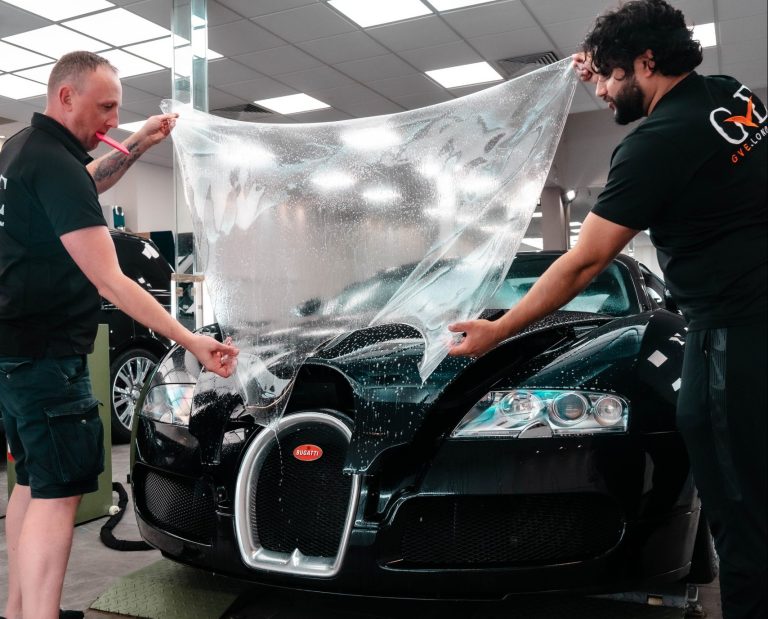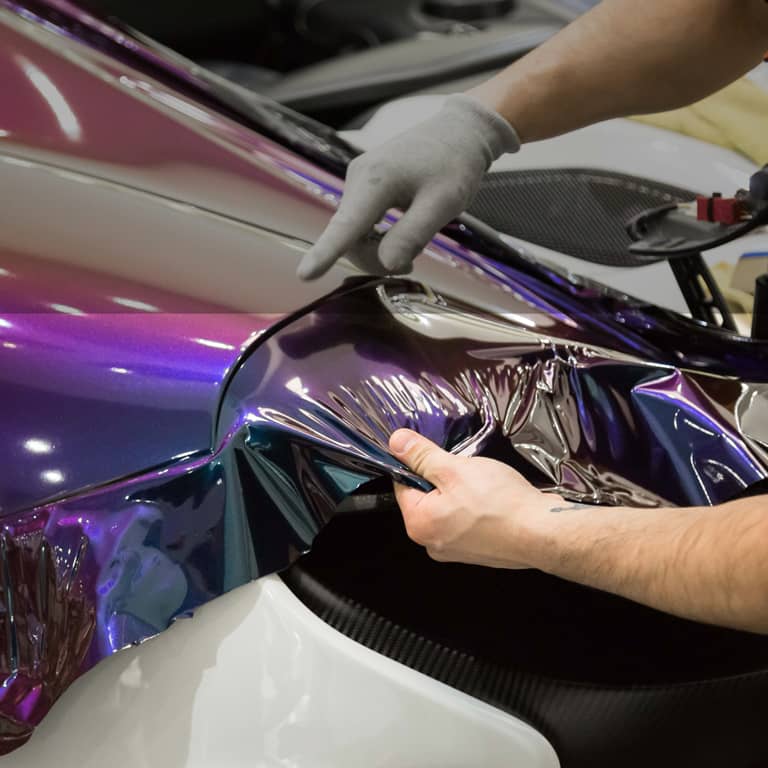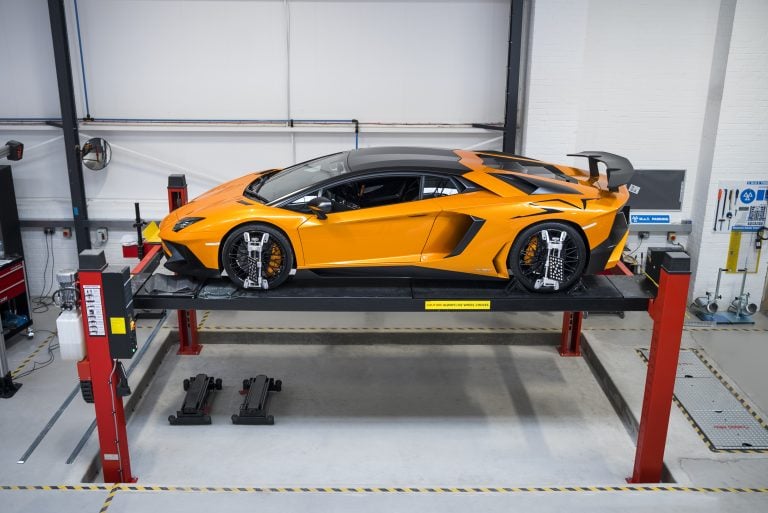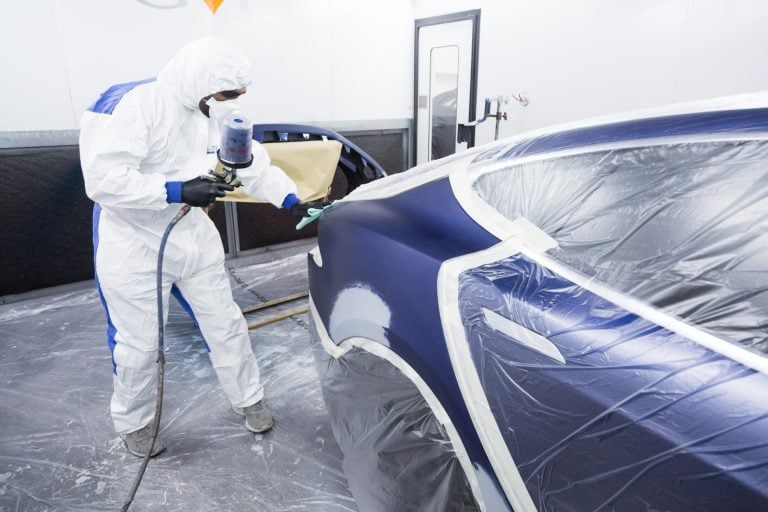- Servicing Case Studies
How to Fix Bentley Bentayga Stuck Fuel Flaps and Dead Batteries
Car troubles can strike unexpectedly, leaving drivers stranded and frustrated. From stuck fuel flaps to dead batteries, these issues can quickly escalate into major headaches if not addressed promptly and effectively. In this comprehensive guide, we’ll explore common car problems and provide step-by-step solutions to help you navigate Bentley Bentayga stuck fuel flaps to dead batteries challenges with confidence and ease.
Causes of Stuck Fuel Flaps and Dead Batteries in Bentley Bentayga
Stuck fuel flaps and dead batteries can disrupt your driving experience and leave you feeling frustrated and stranded. To effectively troubleshoot these issues, it’s crucial to understand the underlying causes that can lead to their occurrence. Here, we explore the common reasons behind stuck fuel flaps and dead batteries, empowering you with the knowledge needed to address these challenges effectively.
Stuck Fuel Flaps
Mechanical Malfunction: One of the primary reasons for a stuck fuel flap is a mechanical malfunction within the locking mechanism. Over time, dirt, debris, or corrosion can accumulate, causing the flap to become stuck in the closed position.
Electrical Issues: In some cases, a stuck fuel flap may be the result of electrical issues, such as a faulty fuel flap release solenoid or wiring. If the electrical components responsible for unlocking the fuel flap fail to function properly, it can prevent the flap from opening as intended.
Fuel Cap Interference: Another potential cause of a stuck fuel flap is interference from the fuel cap itself. If the fuel cap is not properly aligned or secured, it may obstruct the movement of the fuel flap, preventing it from opening smoothly.
Dead Batteries
Age and Wear: The most common cause of a dead battery is age and wear. Over time, the chemical reactions that occur within the battery degrade its capacity to hold a charge, resulting in diminished performance and eventual failure.
Parasitic Drain: Parasitic drain refers to the continuous discharge of the battery caused by electrical components that remain active when the vehicle is not in use. Common culprits include interior lights, infotainment systems, and electronic accessories.
Extreme Temperatures: Extreme temperatures, both hot and cold, can significantly impact battery performance and longevity. In cold weather, the chemical reactions within the battery slow down, reducing its ability to deliver power. Conversely, high temperatures can accelerate battery degradation and lead to premature failure.
By understanding these common causes of stuck fuel flaps and dead batteries, you can take proactive measures to prevent these issues from occurring and effectively troubleshoot them if they do arise. In the following sections, we’ll explore step-by-step solutions for addressing stuck fuel flaps and dead batteries, empowering you to overcome these challenges with confidence and ease.
Problem: Stuck Fuel Flap or Dead Battery
Imagine this scenario you’re out for a drive in your luxurious Lamborghini Urus or Bentley Bentayga when suddenly you encounter a problem. The fuel flap is stuck closed, or worse, the battery is dead, leaving you stranded and unsure of what to do next. In moments like these, panic can set in, but fear not—we have the solutions to get you back on the road in no time.
Step-by-Step Solution: Handling a Stuck Fuel Flap
Assess the Situation: If you find yourself unable to open the fuel flap, remain calm and assess the situation. Is the flap stuck due to a mechanical issue or a dead battery? Understanding the root cause will help determine the appropriate course of action.
Access the Tool Kit
In many luxury vehicles like the Lamborghini Urus or Bentley Bentayga, a tool kit is conveniently located in the trunk or cargo area. Locate the tool kit and retrieve the necessary tools, such as a screwdriver.
Locate the Fuel Flap Release Mechanism
With the tool kit in hand, locate the fuel flap release mechanism. In some vehicles, this may be located near the driver’s seat or on the dashboard.
Use the Screwdriver
Insert the screwdriver into the designated slot or opening of the fuel flap release mechanism. Apply gentle pressure and maneuver the screwdriver as needed to activate the release mechanism.
Release the Fuel Flap
Once the release mechanism is activated, you should hear a click or feel a slight movement indicating that the fuel flap has been unlocked. Gently pull on the fuel flap to open it and access the fuel cap.
Step-by-Step Solution: Jump-Starting a Dead Battery
Safety First
Before attempting to jump-start a dead battery, ensure that both vehicles are parked in a safe location away from traffic. Turn off the ignition and engage the parking brake on both vehicles.
Locate the Battery Terminals
Pop open the hood of your car and locate the battery terminals. In most vehicles, the positive terminal is red and marked with a plus sign, while the negative terminal is black and marked with a minus sign.
Connect the Jumper Cables
With the jumper cables in hand, connect the positive (+) clamp to the positive terminal of the dead battery. Then, connect the other end of the positive cable to the positive terminal of the working battery.
Connect the Negative Clamp
Next, connect the negative (-) clamp to the negative terminal of the working battery. Finally, connect the other end of the negative cable to an unpainted metal surface on the engine block of the car with the dead battery.
Start the Working Vehicle
Start the engine of the working vehicle and let it run for a few minutes to charge the dead battery.
Start the Dead Vehicle
Once the dead battery has received some charge, attempt to start the engine of the vehicle with the dead battery. If successful, let the engine run for a few minutes to allow the battery to recharge further.
Disconnect the Jumper Cables
Carefully disconnect the jumper cables in the reverse order of how they were connected, starting with the negative cable on the engine block.
Conclusion
Encountering car troubles like stuck fuel flaps or dead batteries can be a stressful experience, but with the right knowledge and tools at your disposal, you can handle these challenges with confidence and ease. By following the step-by-step solutions outlined in this guide, you’ll be well-equipped to navigate any car problem that comes your way, ensuring a smooth and enjoyable driving experience every time.
Frequently Asked Questions
Preventing a stuck fuel flap begins with regular maintenance and inspection. Keep the area around the fuel flap clean and free of dirt, debris, and corrosion, which can impede its movement. Additionally, ensure that the fuel cap is properly aligned and secured to prevent interference with the flap’s operation.
There are several warning signs that indicate your car battery may be failing. These include slow cranking or difficulty starting the engine, dimming headlights or interior lights, and the appearance of the battery warning light on the dashboard. If you experience any of these symptoms, it’s essential to have your battery tested by a professional to determine if replacement is necessary.
Extreme temperatures, both hot and cold, can have a significant impact on battery performance. In cold weather, the chemical reactions within the battery slow down, reducing its ability to deliver power and increasing the likelihood of a dead battery. Conversely, high temperatures can accelerate battery degradation and lead to premature failure. It’s essential to monitor your battery’s performance and take precautions, such as parking in shaded areas during hot weather and using a battery tender in cold weather, to mitigate the effects of extreme temperatures.

Bismah
Author
Contact Us
"*" indicates required fields
OUR SERVICES

PAINT PROTECTION FILM

WRAPPING

SERVICING















